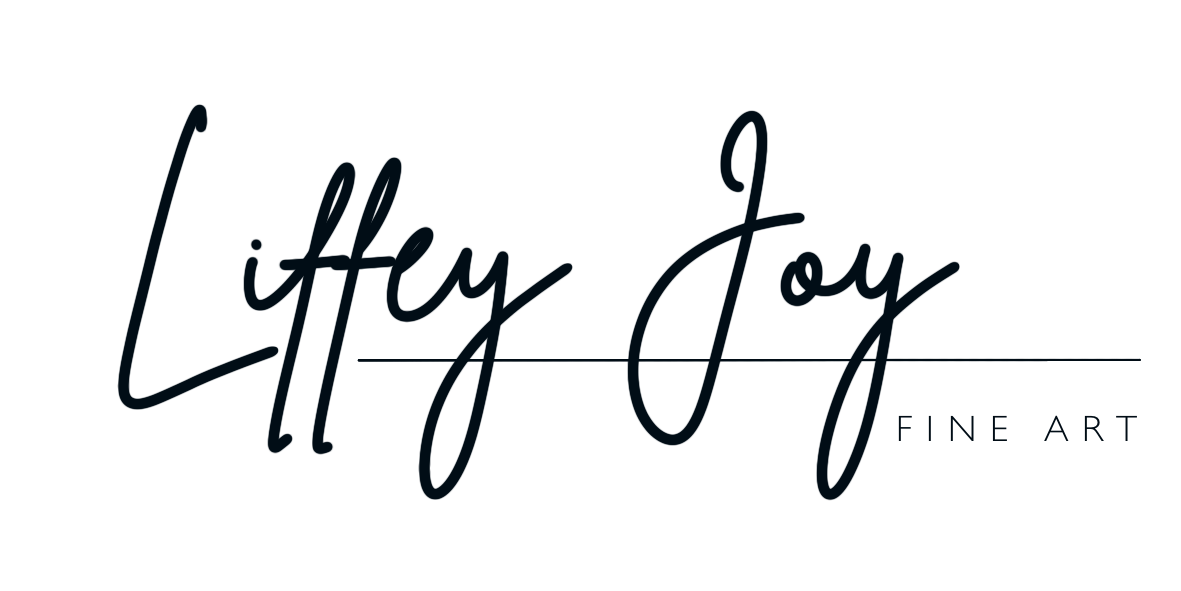
There have been so many art movements throughout history I thought it would be nice to make a really concise summary of as many as I can think of as possible!
Here’s the cliff notes version of art history!
Prehistoric Art ~40,000–4,000 B.C.
Art that was created before written language. Includes things like cave paintings, rock art, sculptures and stone arrangements
Ancient Art 30,000 B.C.–A.D. 400
This covers the time from Ancient Egypt to Greece and Rome. Lots of symbolic imagery showing gods, pharaohs and mythological stories.
Medieval A.D. 500–A.D. 1400
Heavily influenced by Christianity and centres strongly around religious themes. Includes illuminated manuscripts, frescoes, stained glass and sculpture.
Gothic Art 1140-1600
Prominent during the high and late middle ages. Characterised by tall, spindly architecture, intricate stone carvings and stained glass. The aim was to focus on the heavens, showing saints and heavenly realms (also why the architecture was so tall)
Renaissance 1400–1600
This was a period of cultural and artistic rebirth where there was an increased interest in classical Greek and Roman art, literature and philosophy. It celebrated humanism and the pursuit of knowledge as well as a focus on realism and perspective.
Mannerism 1527–1580
This emerged in the late Renaissance period. There was a focus on stylised features, elongated figures and distorted poses. There was an over-exaggeration of elegance in contrast to the natural elements focused on in the Renaissance.
Baroque 1600–1750
Prominent in Europe this was characterised by grandeur and drama. Lots of dramatic lighting, emotional intensity and ornate details. There was a heavy influence from the Catholic church and monarchs ruling at the time.
Rococo 1699–1780
Known for its use of subtle, pastel colours and an overall sense of delicacy. The movement focused on elegance, pleasure, and romanticism as well as intricate ornamentation and playful themes. Particularly popular in France.
Neoclassicism 1750–1850
Emerged as a reaction to the extravagance of the Rococo movement. It looked back to ancient Greece and Rome and embraced those classical ideals of order, simplicity and symmetry.
Romanticism 1780–1850
This movement celebrated the imagination, emotion and individual expression. It rejected the starkness of the Enlightenment era and embraced the dramatic and sublime, focusing on fantastical elements and intense emotions.
Realism 1848–1900
The aim was to depict the world with accuracy and truthfulness, focusing on the happenings of everyday life. It showed the realities of the working class and the impact of industrialisation, showing ordinary people rather than showing idealised versions of life.
Impressionism 1865–1885
Impressionism aimed to capture the fleeting effects of light in a spontaneous manner. Quick and loose brushmarks and vibrant colours captured the feeling of a scene rather than the intricate details. The invention of tubed paint allowed artists to work outside and paint en plein air to paint the changing light of a scene.
Post-Impressionism 1885–1910
There was a focus on personal expression, geometric forms and pointillism (building on the more free painting techniques brought in by the Impressionists). Colours, form and perspective were all played with and distorted to evoke feeling rather than focus on realism.
Art Nouveau 1890–1910
Organic forms, flowing lines and intricate ornamentation characterise Art Nouveau. The female form and organic lines in nature were mimicked across all forms of art (from jewellery to art to architecture).
Fauvism 1900–1935
Bold and vibrant non-naturalistic colours are the main characteristics of Fauvism. Flat compositions, strong lines and bold patches of colour all feature heavily.
Expressionism 1905–1920
The focus was on the subjective and emotional experience rather than objective and realistic representation. Forms and colours are distorted with bold brushwork, highlighting the inner turmoil of the human mind.
Cubism 1907–1914
Objects and forms are broken down into geometric shapes and shown from multiple viewpoints at the same time. The aim was to show the essence and spirit of a subject rather than the object as it looks in real life.
Futurism 1909-1918
Fully embracing the newer fast paced modern lifestyle Futurism celebrated the advancements in industry and technology. Machine, movement and the modern urban environment were the main focus.
Surrealism 1917–1950
Heavily influenced by Freudian psychology Surrealist artists explored the imagery of dreams and the unconscious mind. Unusual and nonsensical imagery is combined to reflect the irrationality of the human psyche.
Art Deco 1920-1935
There was an extreme focus on luxury and elegance. Geometric forms, symmetry, luxurious materials like gold and marble and stylized motifs characterised the movement.
Abstract Expressionism 1940–1950s
Post World War II Abstract Expressionism focused on non-representational imagery, instead focusing on how emotion could be conveyed. Gestural brushstrokes, largescale canvases and spontaneous movements allowed for new forms of individual expression.
Op Art 1950s–1960s
The aim was to create optical illusions through the use of intricate patterns and vibrant colours. Contrasting colours, repetition and patterns created artworks that feel like they’re moving or look 3d.
Pop Art 1950s–1960s
Every day, seemingly mundane objects alongside mas produced imagery were used as a commentary on pop culture and consumerism. Bold colours and lines as well as repetition were used to comment on the commodification of art and the influence of mass media.
Arte Povera 1960s
An Italian art movement that used humble, everyday materials such as rock, paper and other natural elements. The aim was to challenge traditional art practices and break away from consumerism. It embraced a raw, unrefined aesthetic that celebrated the simple.
Minimalism 1960s–1970s
Extreme simplicity is the main characteristic of the movement. Forms are reduced to their most basic elements. Clean lines, neutral colours and geometric shapes feature heavily.
Conceptual Art mid-1960s–mid-1970s
The idea behind the artwork is the driving force rather than the visual components. This challenged traditional ideas of what art was. Unusual materials and performance were used to convey the concept behind the piece rather than traditional mediums.
Photorealism 1968-present
Photorealism sought to create hyperrealistic paintings that resembled photographs. This movement challenged the boundaries between painting and photography.
Contemporary Art 1970–present
This is an overarching term that encompasses a wide range of styles and mediums. These engage with social, political and cultural issues as well as exploring conceptual ideas, interdisciplinary approaches and new technologies. Here are just a few of the movements that fall under the contemporary art umbrella.
- Postmodernism: is both a cultural and philosophical movement that embraces multiple perspectives and viewpoints and challenges societal preconceived notions of truth. Juxtaposing references, materials and styles combine in this movement.
- Feminist art: this movement aimed to challenge the historically male-dominated art world as well as how women have been represented in art historically. It explores and highlights women’s experiences and perspectives.
- Neo-Expressionism: this was a return to expressive and gestural painting. It includes elements of figuration, abstraction and bold colour to challenge minimalist ideals fo previous decades and convey personal and social issues.
- Street art: this is art created in public spaces or outside of the traditional gallery space. This includes graffiti, stencils, murals and installations that look at social, political and cultural issues.
- Young British Artists (YBA): these UK-based artists emerged in the 1990s and are known for their provocative and conceptual artworks. They look at the ideas of identity, larger society and consumer culture using controversial subject matter.
- Digital art: artwork created using various modern technologies. It encompasses digital painting, 3d modelling, animation and interactive installations
This isn’t every movement that has happened but it a pretty good overview of how art has developed over time through the development and evolution of society both culturally and economically.


